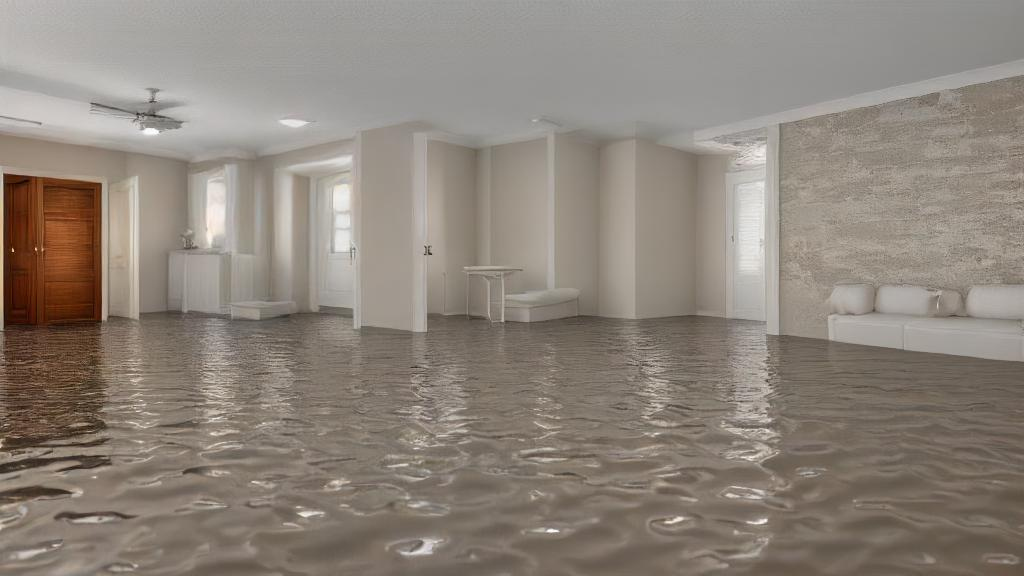Introduction
In the wake of a water-related catastrophe, such as a leak, flood, or burst pipe, the aftermath can be overwhelming. It’s not merely a matter of mopping up standing water; rather, it entails a meticulous process of restoration to salvage what can be saved and ensure the property is safe for habitation once again. In this guide, we delve into the intricacies of water damage restoration, exploring the various categories of water damage, the steps involved in mitigation, remediation, and restoration, as well as essential tips for effective repair.
Understanding Water Damage Categories
The Institute of Inspection, Cleaning and Restoration Certification (IICRC) categorizes water damage into three distinct categories based on the source and level of contamination:
Category 1: Clean Water Damage
Clean water originates from sanitary sources and poses minimal risk to human health. This category typically includes water from broken supply lines, sink overflows, or rainwater. Properties affected by clean water damage can often be dried or repaired without significant long-term consequences.
Category 2: Gray Water Damage
Gray water contains a level of contamination that may cause discomfort or illness upon exposure. Sources of gray water include washing machines, dishwashers, or overflows from toilets containing only urine. Remediation of gray water damage involves thorough disinfection and sanitation of affected areas to mitigate health risks.
Category 3: Black Water Damage
Black water is heavily contaminated and poses severe health risks due to its exposure to sewage, toxins, or pathogens. Flooding from rivers, sewage backups, or seawater intrusion typically result in black water damage. Restoration of black water damage demands extensive sanitization procedures to ensure the safety of inhabitants.
Also Read: Water Woes: A Comprehensive Guide to Dealing with Water Damage to Wood Floors
The Water Damage Restoration Process
The restoration of water-damaged properties is a multi-step process that encompasses mitigation, remediation, and restoration. Let’s delve deeper into each phase:
Mitigation
Mitigation aims to halt the progression of damage and prevent its spread. This crucial initial step involves:
- Assessing the severity and type of water damage, including structural integrity.
- Removing damaged furnishings, carpeting, and building materials.
- Safely disposing of contaminated materials.
- Extracting water and thoroughly drying affected areas using specialized equipment.
- Implementing measures to protect the property from further damage, such as boarding up windows or placing tarps.
Remediation
Remediation focuses on cleaning, disinfecting, and restoring salvageable materials. This phase includes:
- Cleaning and sanitizing affected surfaces to eliminate contaminants.
- Deodorizing to remove any lingering odors.
- Salvaging personal property items through thorough cleaning and restoration techniques.
- Removing and replacing irreparably damaged materials, such as drywall or flooring.
Restoration
The final phase involves restoring the property to its pre-loss condition. This includes:
- Repairing or replacing damaged structural elements, flooring, and walls.
- Cleaning and restoring carpets, rugs, and upholstery.
- Conducting moisture testing to ensure the property is thoroughly dry and free from mold growth.
- Conducting any necessary reconstruction or remodeling to complete the restoration process.

Costs of Water Damage Restoration
The cost of water damage restoration varies depending on factors such as the extent of damage, type of water contamination, and property size. Mitigation costs typically range from $1,300 to $5,200, with black water damage mitigation being significantly higher due to the additional precautions required. Restoration costs can vary widely, ranging from minor repairs to extensive remodeling, with potential costs reaching up to $100,000 for major renovations.
Tips for Effective Water Damage Repair
- Promptly address water damage to prevent escalation and mitigate further damage.
- Avoid contact with contaminated water, particularly black water, to minimize health risks.
- Maintain proper ventilation and humidity levels to inhibit mold growth.
- Document the damage through photographs for insurance purposes before beginning restoration.
- Consider restoration options for damaged furnishings and materials before opting for replacement.
Also Read: Water Damage Miami: Dealing with Emergencies in the Magic City
Conclusion
Water damage restoration is a meticulous process that requires expertise, thoroughness, and attention to detail. By understanding the categories of water damage, implementing effective mitigation and remediation measures, and investing in comprehensive restoration, property owners can mitigate losses and restore their properties to pre-loss condition. With prompt action and the assistance of professional restoration services, the adverse effects of water damage can be minimized, allowing for a swift return to normalcy.










